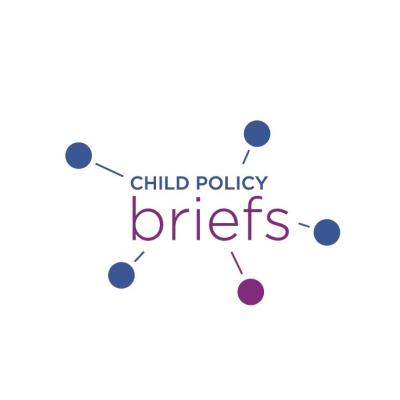Including Diverse Groups in Education
A summary of the scientific literature on the inclusion of diverse groups in school settings.


How This Impacts Children's Development
Millions of children worldwide struggle because of prejudice and discrimination due to race, gender, ethnicity, religion, disability, indigenous background, and age. Specifically, Latinx children experience disparities in educational access and attainment.
READ THE BRIEF: highlighting the positive development of minority children, 2013
READ THE BRIEF: ensuring that multilingual children benefit from best practices, 2013
READ THE BRIEF: reducing prejudice and promoting equity in childhood, 2011
READ THE BRIEF: making schools safe for sexual-minority and all students, 2010
READ THE BRIEF: young hispanic children: boosting opportunities for learning, 2009
Talking Points from the SRCD Briefs
|
Policy Considerations in the Briefs
- Cooperative learning and bias-free curricula may be more effective than multicultural curricula, especially for younger children who struggle with stereotypes; older children may benefit from curricula that model positive behavior with different racial groups.
- Education departments should collect data on students' race/ethnicity, household income, language, and immigration status to monitor academic progress and assess the effectiveness of policies and programs.
- Federal and state governments should develop school safety laws that specifically enumerate, or list, sexual-minority students as protected.
- Encourage parents and caregivers to speak with children in the language that comes most naturally, which will result in a richer and more diverse language environment for children.
- Develop and implement programs that expose children to high-quality input in English in the early years while at the same time supporting formal and informal opportunities for children to continue to develop competency in their home language(s).
READ THE BRIEF: highlighting the positive development of minority children, 2013
READ THE BRIEF: ensuring that multilingual children benefit from best practices, 2013
READ THE BRIEF: reducing prejudice and promoting equity in childhood, 2011
READ THE BRIEF: making schools safe for sexual-minority and all students, 2010
READ THE BRIEF: young hispanic children: boosting opportunities for learning, 2009